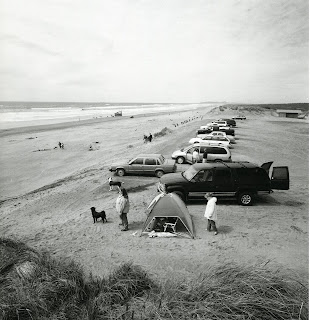Definition
The rule of thirds is a compositional rule of thumb in photography and other visual arts such as painting and design. The rule states that an image can be divided into nine equal parts by two equally-spaced horizontal lines and two equally-spaced vertical lines. The four points formed by the intersections of these lines can be used to align features in the photograph. Proponents of this technique claim that aligning a photograph with these points creates more tension, energy and interest in the photo than simply centering the feature would.
The application of the rule of thirds to photographs is considered by many to make them more aesthetically pleasing and professional-looking. The rule of thirds can be applied by lining up subjects with the guiding lines, placing the horizon on the top or bottom line instead of the center, or allowing linear features in the photograph to flow from section to section. In addition, many photographers recommend treating any "rule" of composition as more of a guideline, since pleasing photographs can often be made while ignoring one or more such rules.





























